Reptile enthusiasts know that lizards are fascinating creatures to observe and interact with, but they can also be surprisingly adept escape artists. Whether you have a small gecko or a larger bearded dragon, keeping your scaly friend securely in their habitat is essential for their safety and your peace of mind. Escaped lizards face numerous dangers in the average home, from predatory pets to toxic substances, temperature extremes, and potential injury. This comprehensive guide will help you identify and address common escape routes, choose appropriate enclosures, and implement proven strategies to ensure your pet lizard remains safely contained.
Understanding Why Lizards Escape
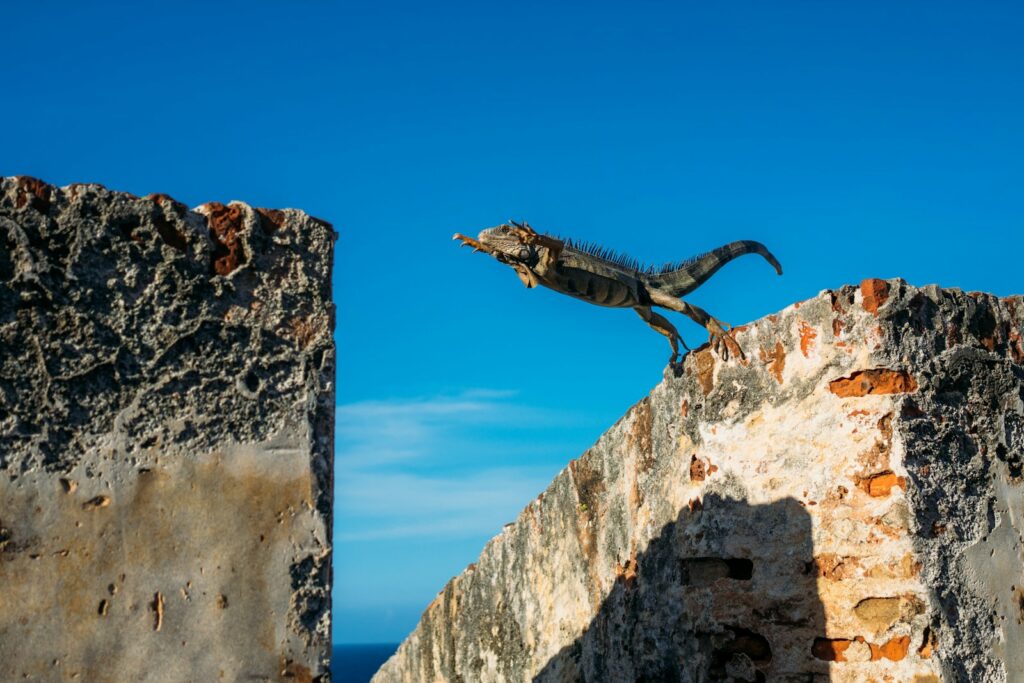
Lizards don’t typically try to escape out of unhappiness; rather, they’re following natural instincts to explore their surroundings. In the wild, reptiles regularly patrol their territories and search for food, mates, or better environmental conditions. Your pet lizard doesn’t understand the concept of “home” the way mammals might, so they’ll naturally investigate any potential exit they can find. Temperature regulation is another major factor driving escape attempts, as lizards will seek to move to areas that better meet their thermal needs if their enclosure is too hot or too cold. Understanding these underlying motivations can help you create an environment that reduces your lizard’s urge to escape while ensuring they remain safely contained.
Choosing the Right Enclosure
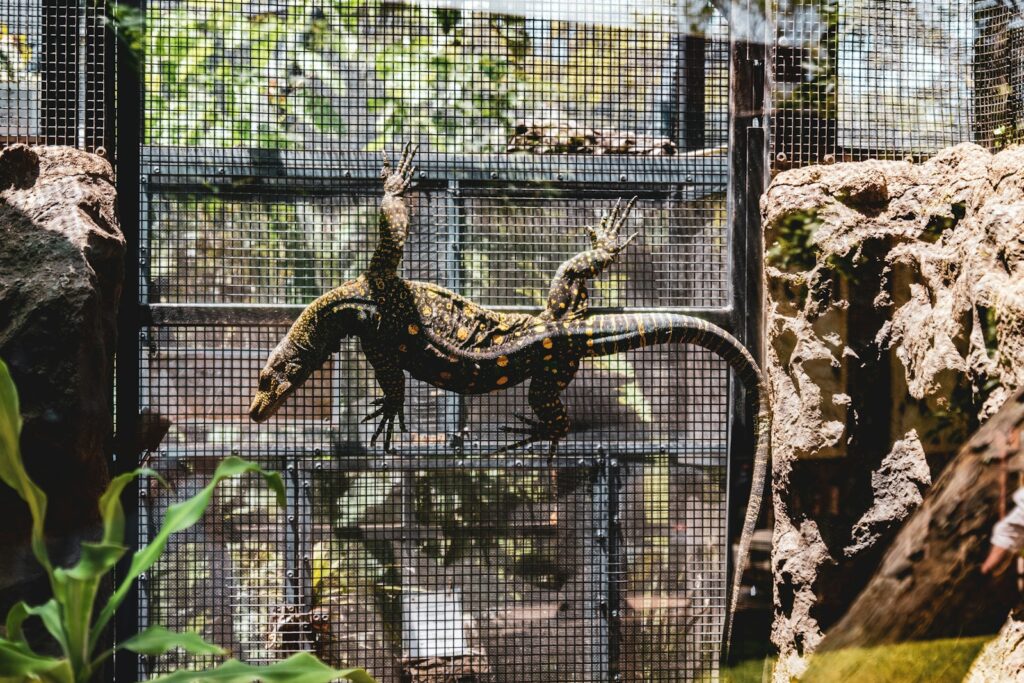
The foundation of escape prevention starts with selecting an appropriate enclosure designed specifically for reptiles. Glass terrariums with secure, locking screen tops are ideal for most species, as they provide visibility while maintaining security. For arboreal species that climb, taller enclosures with front-opening doors often work better than top-opening tanks. Plastic enclosures with secure latching mechanisms can also be excellent options, especially for smaller species. Whatever type you choose, ensure it’s appropriately sized for your specific lizard species—an enclosure that’s too small may increase stress and escape attempts. Avoid homemade enclosures unless you have experience building secure reptile habitats, as these often have overlooked weak points that clever lizards will exploit.
Securing Lid and Door Mechanisms

The most common escape route for pet lizards is through unsecured or poorly designed lids and doors. Screen tops should have secure clasps or clamps that physically lock the screen to the tank—spring-loaded mechanisms are particularly effective. If your enclosure has hinged doors, check that the latches close completely and cannot be nudged open by a determined reptile. For added security with screen tops, consider adding lid locks designed specifically for reptile enclosures, or in a pinch, use heavy-duty binder clips to reinforce the connection between the screen and tank. Remember that larger or stronger lizards like monitors or iguanas may require more robust security measures, possibly including padlocks on doors or custom-built reinforcements.
Identifying and Sealing Gaps
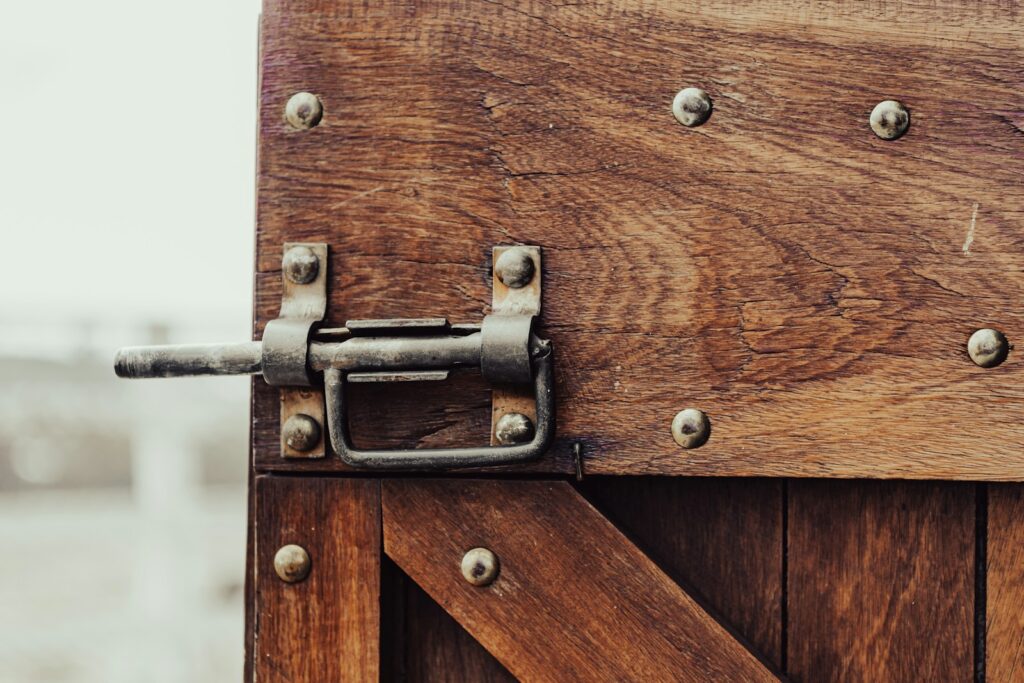
Even tiny openings can provide escape routes for small or determined lizards. Carefully inspect your enclosure for any gaps around cable ports, ventilation areas, or where panels meet. Many commercially available enclosures have cable management ports that don’t fully close, creating potential escape routes. Use aquarium-safe silicone sealant to close small gaps, ensuring it’s fully cured before reintroducing your lizard. For larger openings around cords, consider using mesh filters or specialized cord port covers designed for reptile enclosures. Be particularly vigilant about corner joints in terrariums, as these can sometimes have small gaps that gradually widen with time and use.
Proper Ventilation Without Compromise
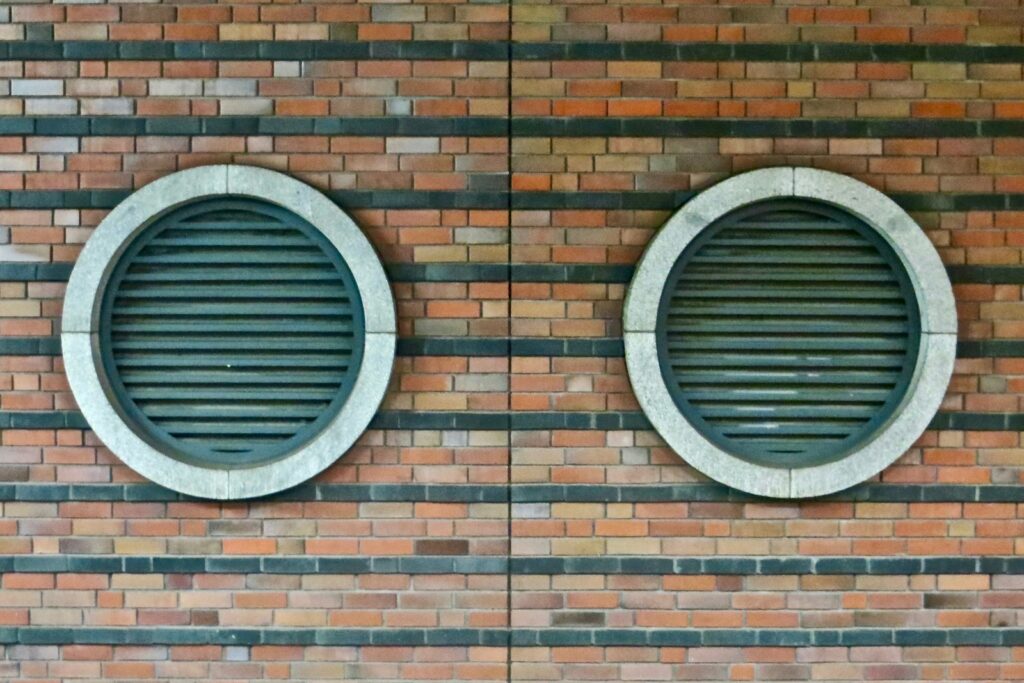
Balancing adequate ventilation with escape prevention presents a particular challenge for reptile keepers. Your lizard needs fresh air circulation, but ventilation areas are often weak points in containment. Choose enclosures with built-in ventilation systems that use fine mesh screens too small for even baby lizards to squeeze through. If you’re using custom ventilation, ensure the mesh gauge is appropriate for your species—smaller lizards like geckos require finer mesh than larger species. Regularly check ventilation areas for damage, as reptiles may repeatedly test these areas for weakness, gradually creating larger openings. Some keepers find success using multiple layers of ventilation mesh, providing both airflow and additional security against persistent escape artists.
Managing Cable and Tube Entries
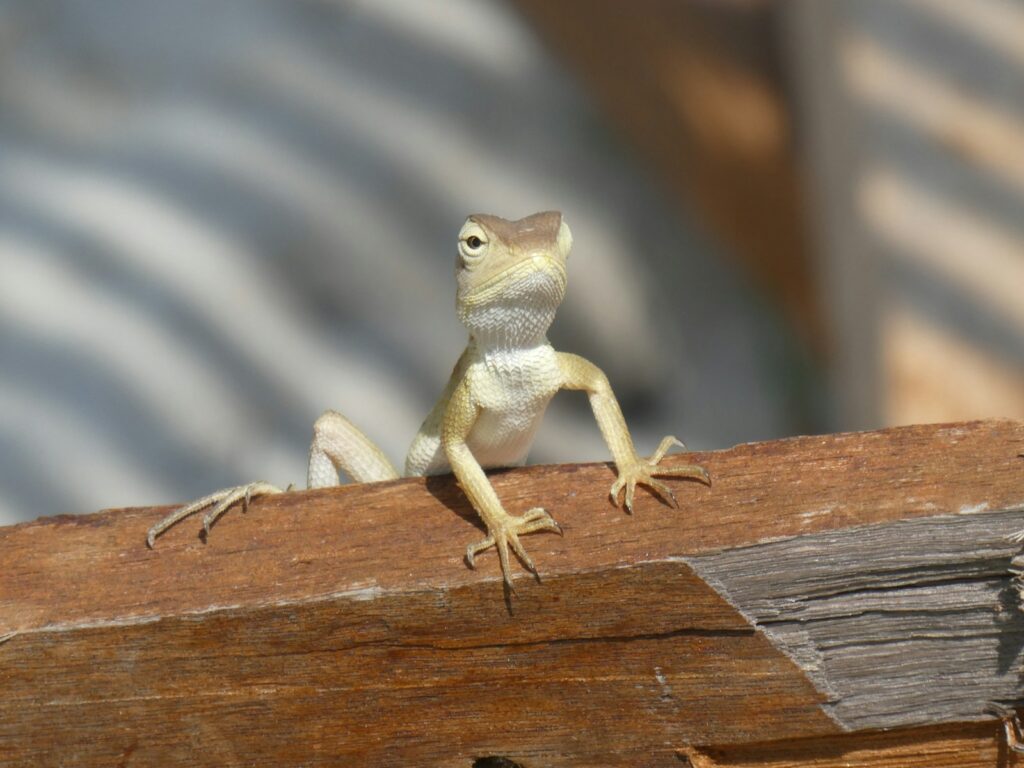
Heating elements, thermometer probes, and lighting cables all need to enter the enclosure somehow, creating potential escape routes. Whenever possible, route cables through properly designed cable management ports that can be sealed securely. For tubes and larger cables, use cord grommets or specialized reptile cable port systems that create a tight seal. If your enclosure doesn’t have built-in cable management, consider drilling specific ports and using rubber grommets to create secure passage points. Avoid the temptation to simply drape cords over the edge of the enclosure under the lid, as this creates an obvious gap that many lizards will quickly discover and exploit.
Creating Appropriate Environmental Conditions
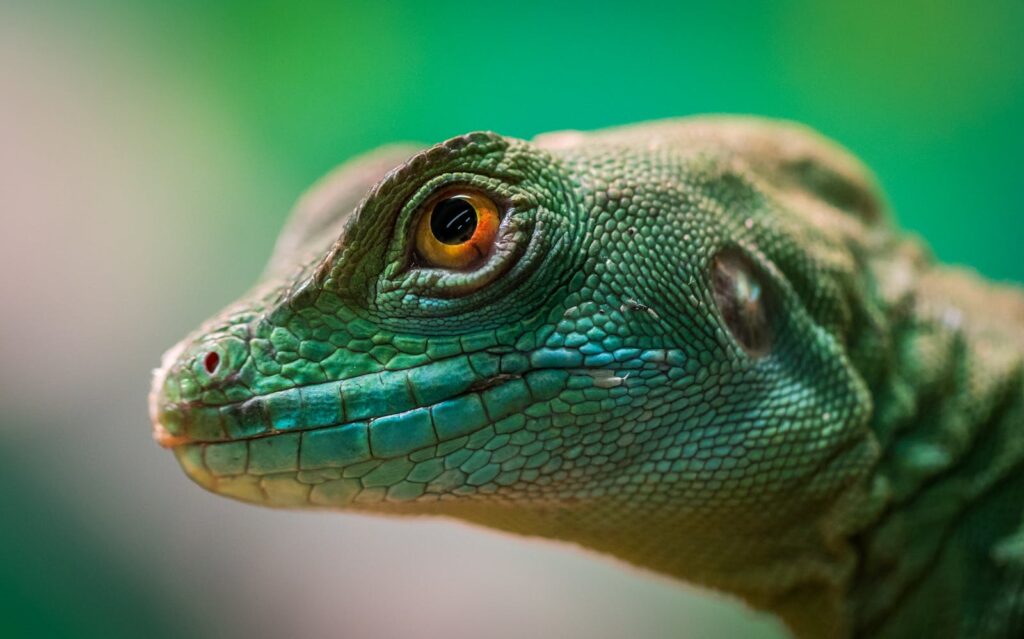
Proper environmental conditions significantly reduce escape attempts by creating a comfortable habitat that meets your lizard’s biological needs. Establish and maintain appropriate temperature gradients with warm and cool zones that allow your lizard to thermoregulate effectively. Provide the correct humidity levels for your specific species, using hygrometers to monitor conditions. Include appropriate hiding spots where your lizard can retreat when feeling stressed or to regulate their exposure to heat and light. Many escape attempts occur when lizards are uncomfortable with their environments, so investing time in creating optimal conditions pays off in reduced escape behavior and a healthier pet.
Handling Your Lizard Safely

Surprisingly, many lizard escapes occur during handling or feeding times when the enclosure is opened. Develop a consistent routine for removing your lizard from its habitat, always ensuring doors or lids are fully secured after access. Never leave the enclosure open while you turn away, even for a moment—lizards can move with surprising speed when motivated. For particularly quick species, consider handling your pet in a small, escape-proof room with doors and windows closed, and potential hiding spots blocked. Some keepers find that handling their lizards inside a large plastic bin provides an extra layer of security during interaction sessions, preventing any sudden dashes for freedom.
Escape-Proofing the Surrounding Area

Despite your best efforts, escapes can still happen, so preparing the surrounding environment creates a secondary containment zone. Place the enclosure away from heating vents, open windows, or areas where an escaped lizard could quickly access dangerous or inaccessible spaces. Consider placing weather stripping under nearby doors to prevent a loose lizard from moving to different rooms. Some keepers create a “barrier zone” around high-risk enclosures using smooth-sided plastic bins or specialized reptile fencing that catches escapees before they can travel far. For particularly valuable or escape-prone species, some enthusiasts install security cameras aimed at the enclosure to quickly detect any breakouts.
Specialized Solutions for Different Species
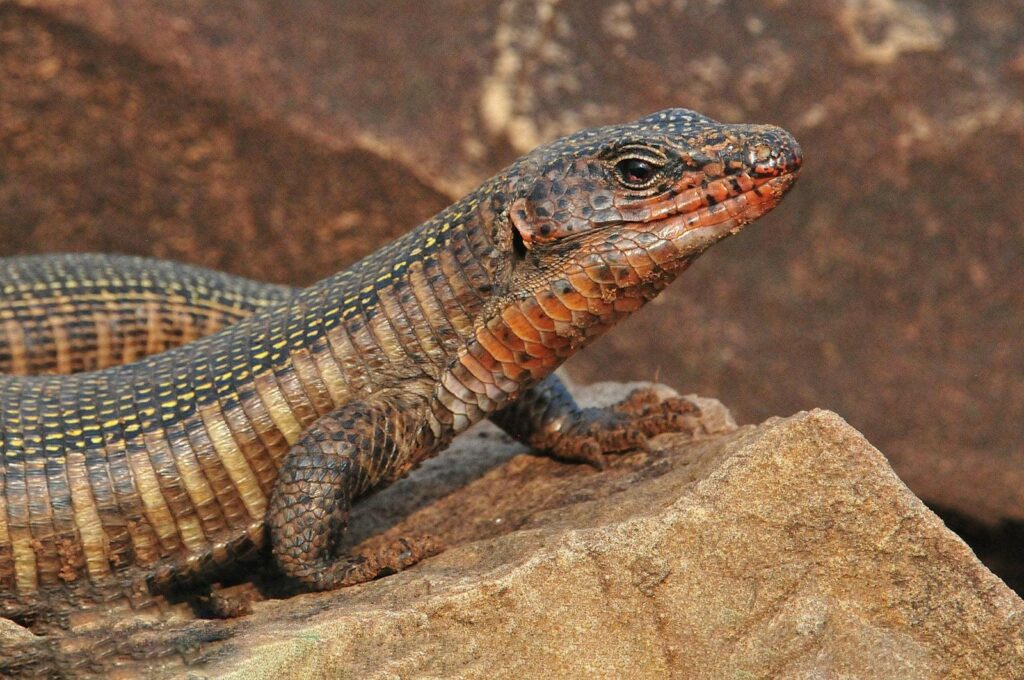
Different lizard species have evolved various specializations that make them escape artists in unique ways. Geckos with adhesive toe pads can climb smooth surfaces and may require enclosures with overhanging lips at the top to prevent climbing out. Chameleons are exceptional climbers requiring fully enclosed mesh cages with secure zippered access points. Burrowing species like certain skinks need deeper substrate with secure barriers extending below the surface to prevent them from digging out. Monitor lizards combine strength, intelligence, and climbing ability, necessitating heavy-duty custom enclosures with redundant security features. Research your specific species’ natural behaviors and physical capabilities to anticipate their most likely escape methods.
Regular Maintenance and Inspection

Prevention requires vigilance through regular inspection and maintenance of your lizard’s enclosure. Establish a weekly routine to thoroughly check all potential escape points, including lids, doors, corners, and cable entries. Examine screen tops for tears or stretching that might create gaps large enough for your lizard to squeeze through. Test latches and locks to ensure they’re functioning properly and haven’t become loose with regular use. Pay special attention to areas where your lizard spends time investigating or pushing, as these may indicate weak points they’ve identified. Address any issues immediately rather than assuming a small problem won’t lead to an escape—lizards are remarkably persistent when testing potential exit routes.
Finding an Escaped Lizard

If prevention fails and your lizard does escape, knowing how to find them quickly is crucial. Most escaped lizards don’t go far and will seek warm, dark, confined spaces. Search thoroughly under and behind furniture, inside shoes, behind appliances, and inside cabinets. For nocturnal species, searching at night with the lights off using a flashlight may help catch the reflection of their eyes. Create “trap stations” using warm hide boxes with familiar bedding and food inside, checking them regularly. Some keepers have success sprinkling a fine layer of flour in suspected travel paths to track tiny footprints. Remember that an escaped lizard’s survival depends on quick recovery, so be thorough and persistent in your search efforts.
Emergency Preparation
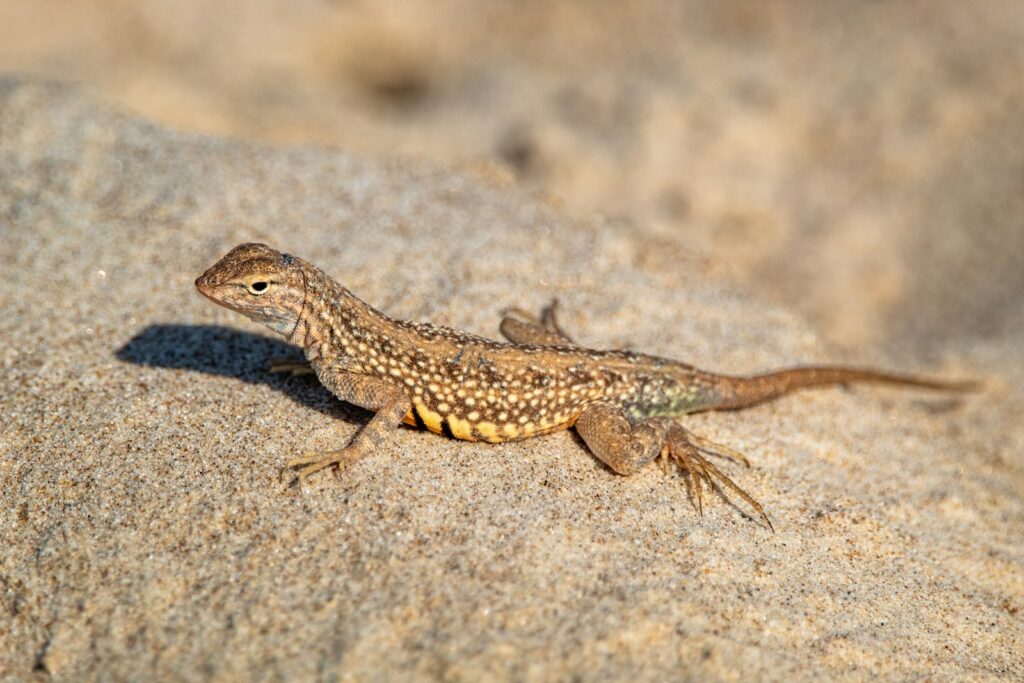
Being prepared for a potential escape can make the difference between a quick recovery and a lost pet. Keep detailed photos of your lizard from multiple angles to aid in identification if they escape. Maintain a list of contact information for local reptile stores, herpetological societies, animal control, and exotic veterinarians who might be contacted if your lizard is found by someone else. Consider microchipping valuable larger species, making permanent identification possible if they’re recovered. Create an emergency kit with handling gloves, catchpoles for larger species, and containers appropriate for safely containing your lizard if found. With proper preparation, even a worst-case scenario can have a happy ending with your pet safely returned to their secure enclosure.
Conclusion
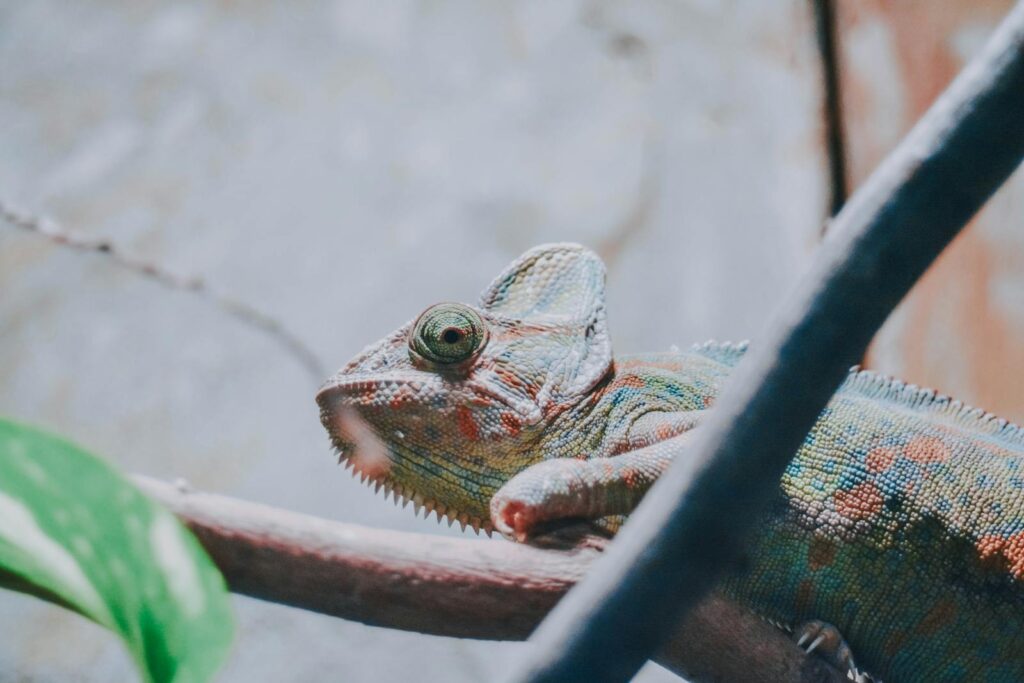
In conclusion, keeping your pet lizard safely contained requires a combination of appropriate enclosure selection, regular maintenance, and understanding your pet’s natural behaviors. By implementing the strategies outlined in this guide, you can significantly reduce the risk of escapes while providing a comfortable environment that meets your lizard’s needs. Remember that prevention is always easier than trying to locate an escaped reptile, so investing time in proper security measures is well worth the effort. With thoughtful preparation and consistent vigilance, you can enjoy the fascinating world of lizard keeping without the stress of unexpected escapes.




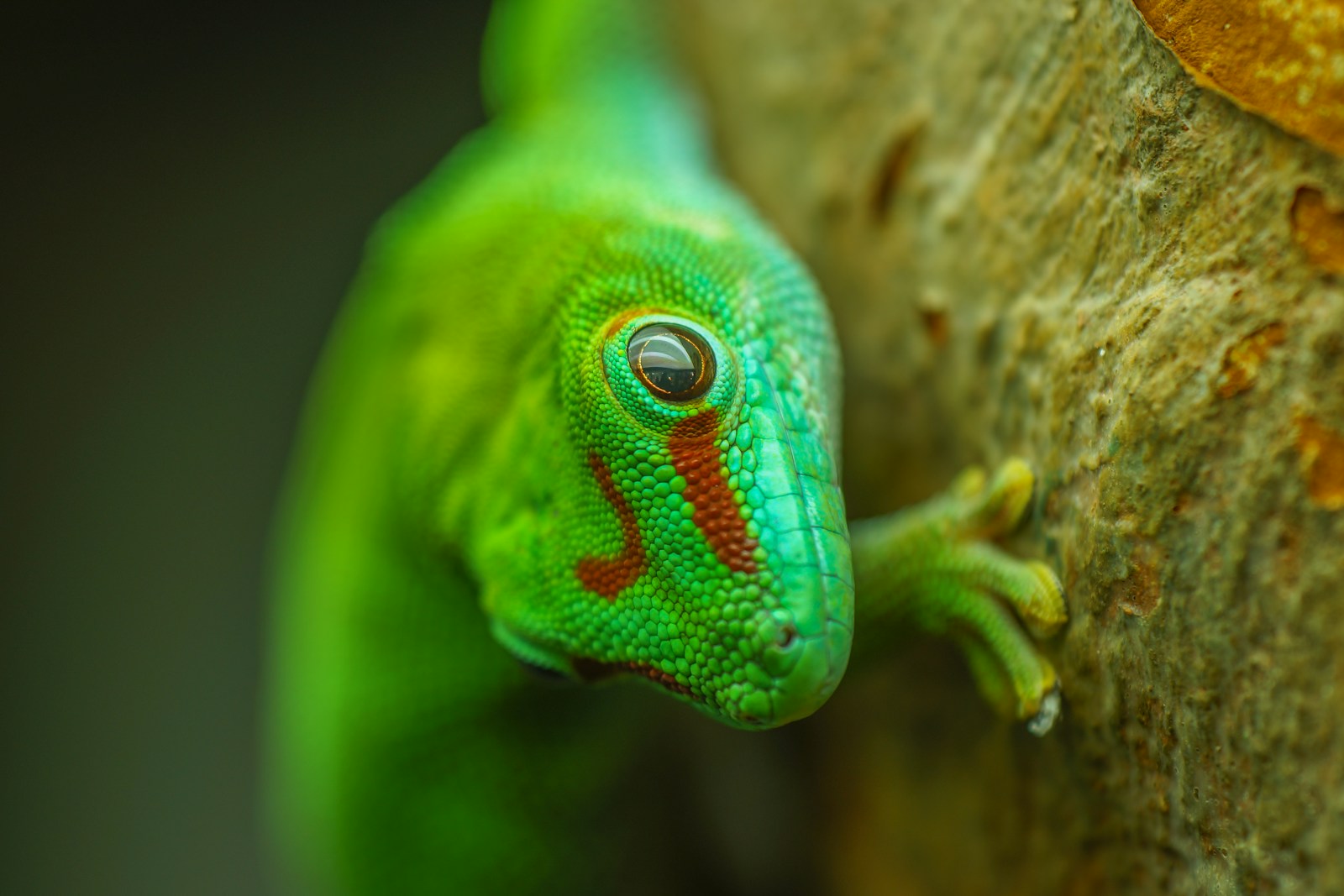
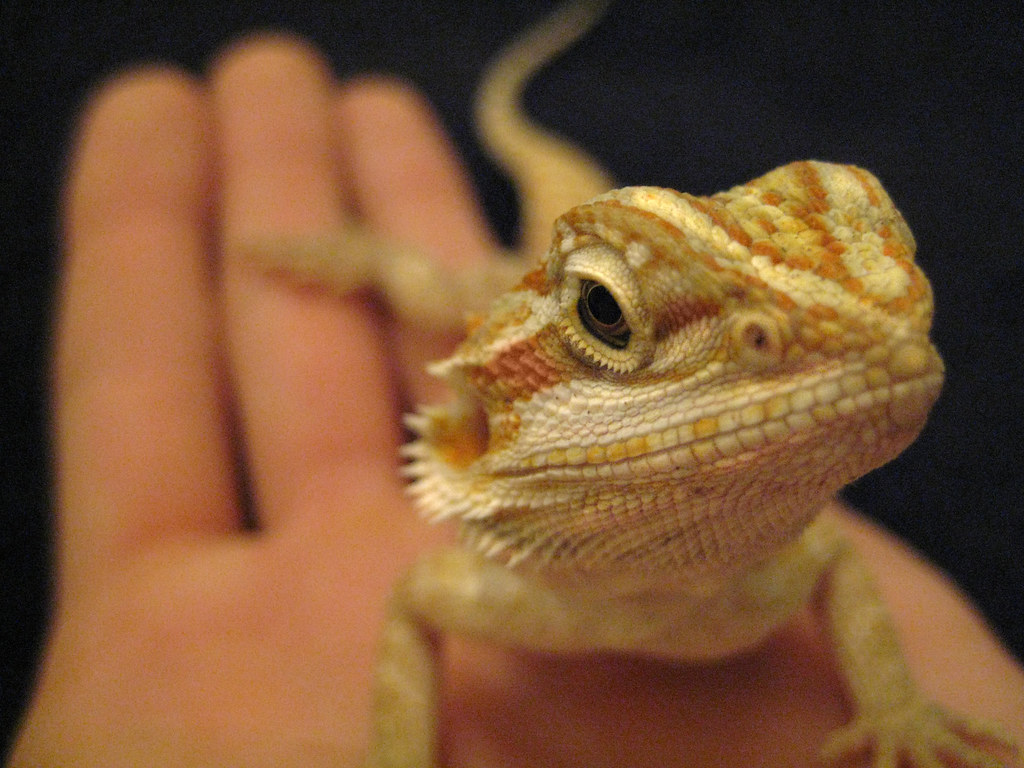

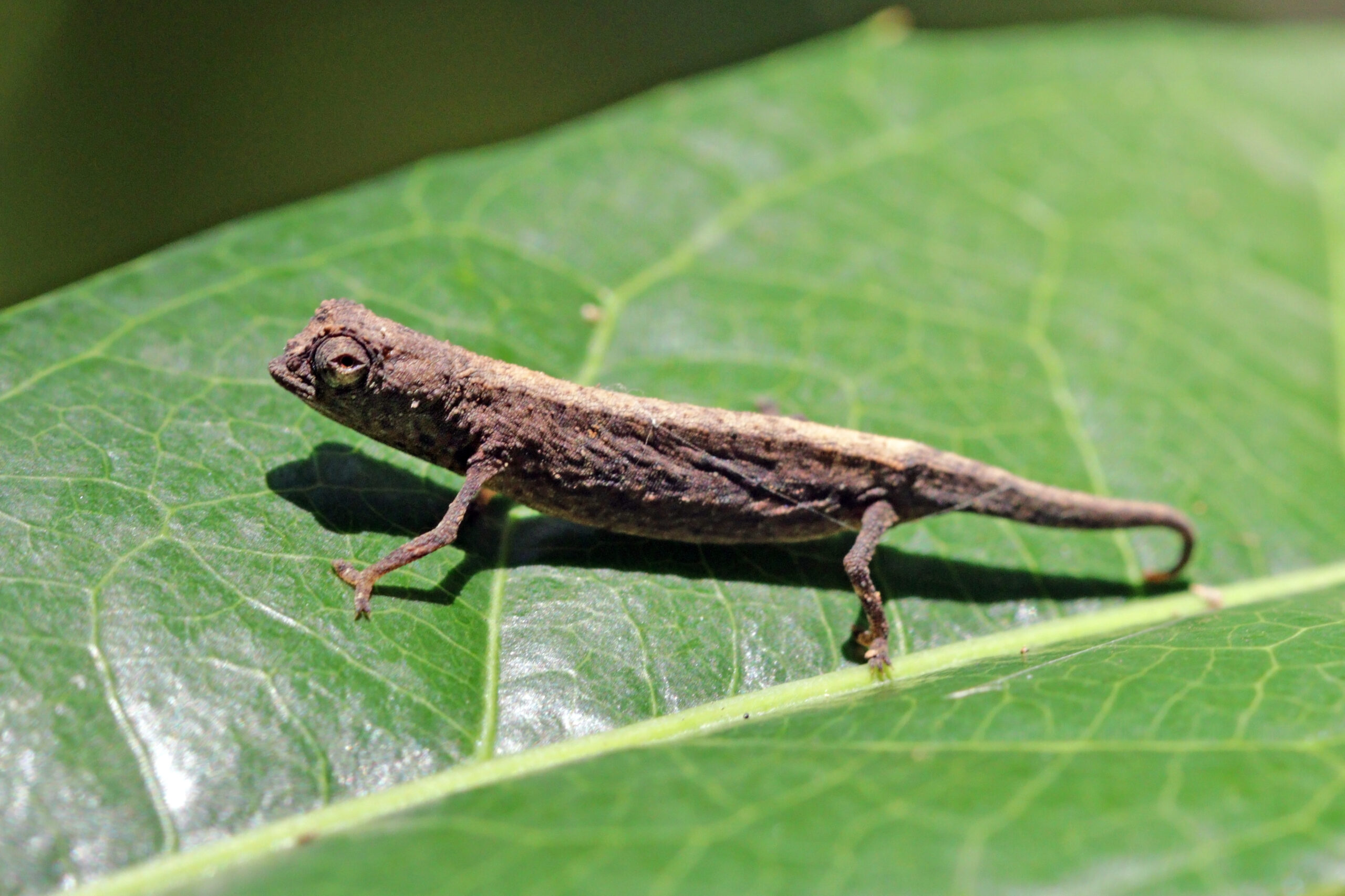

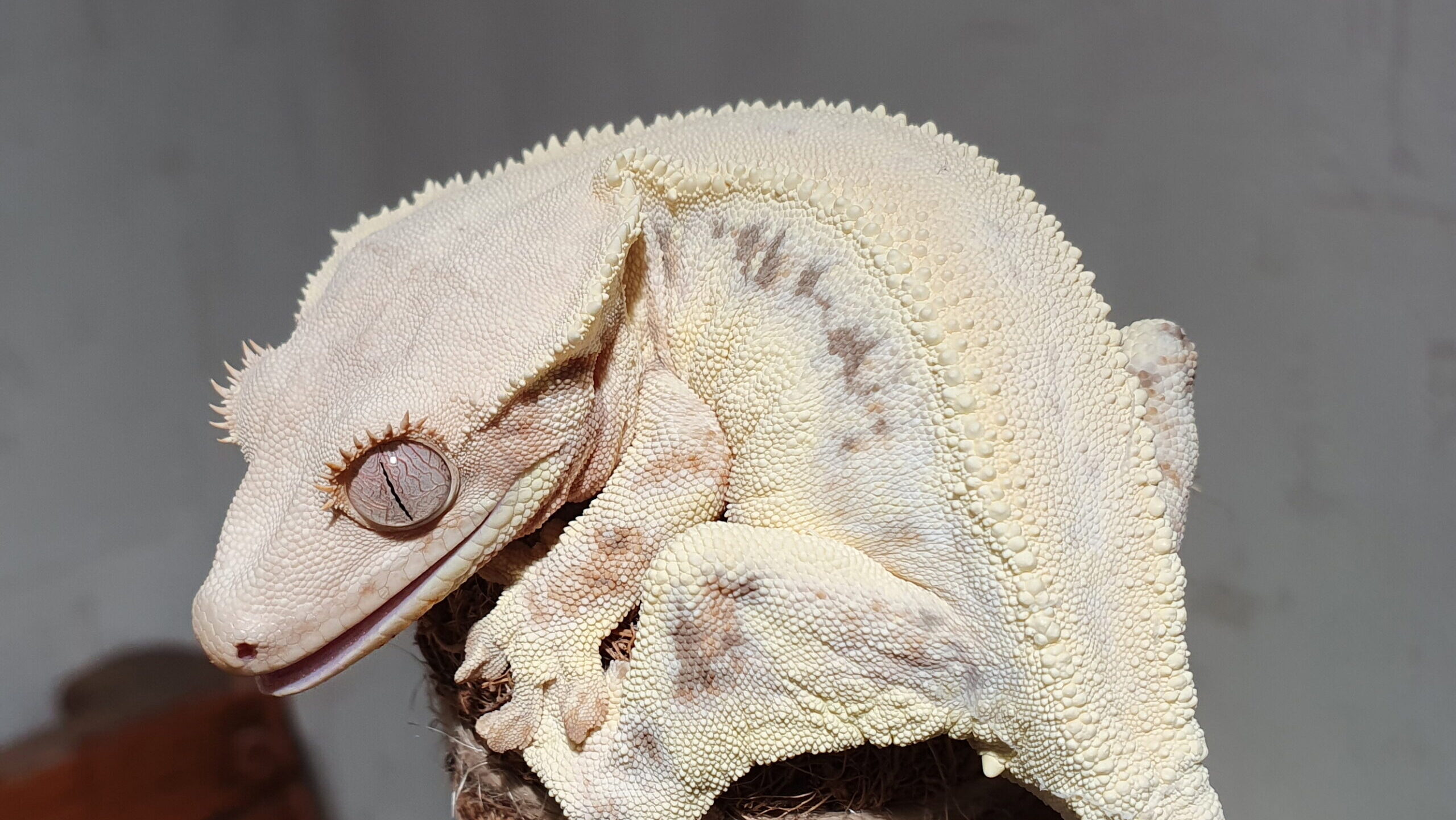
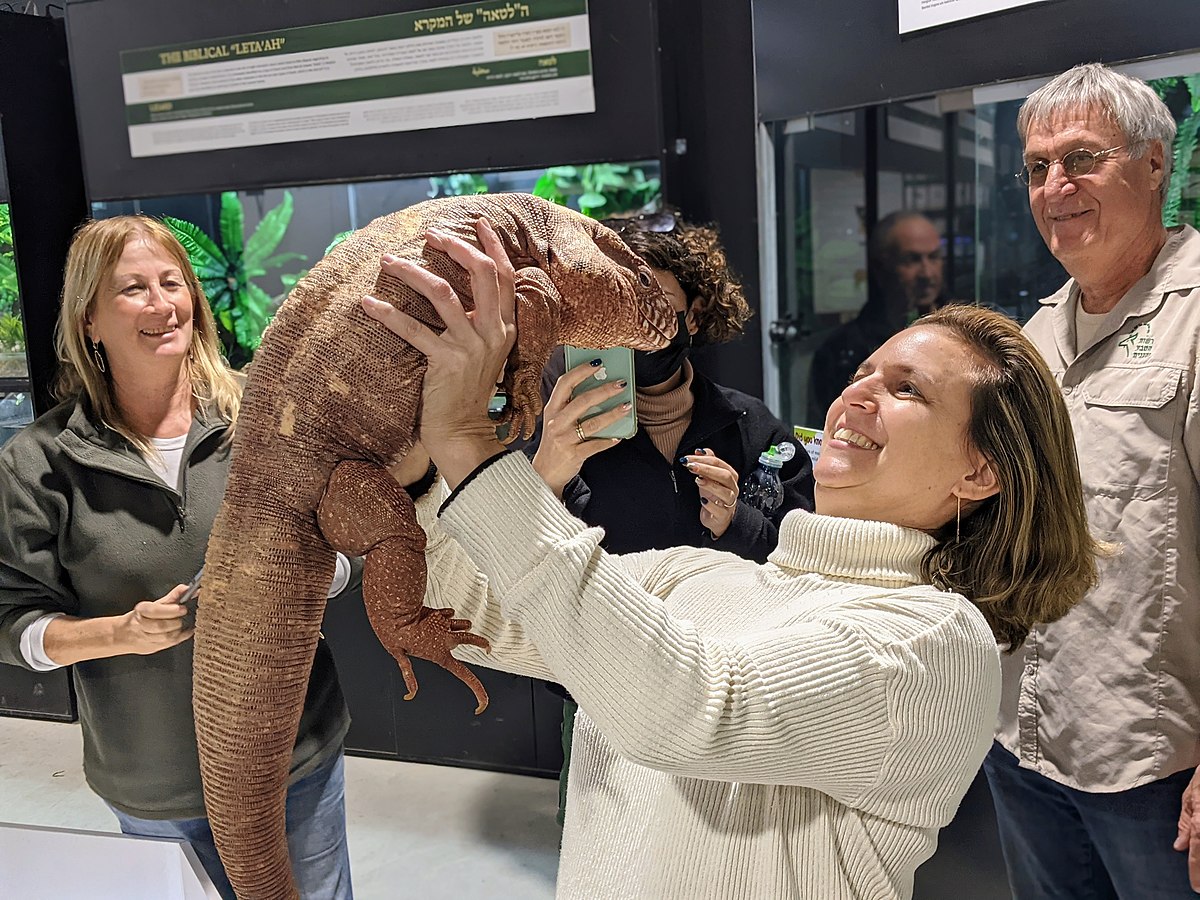





Leave a Reply